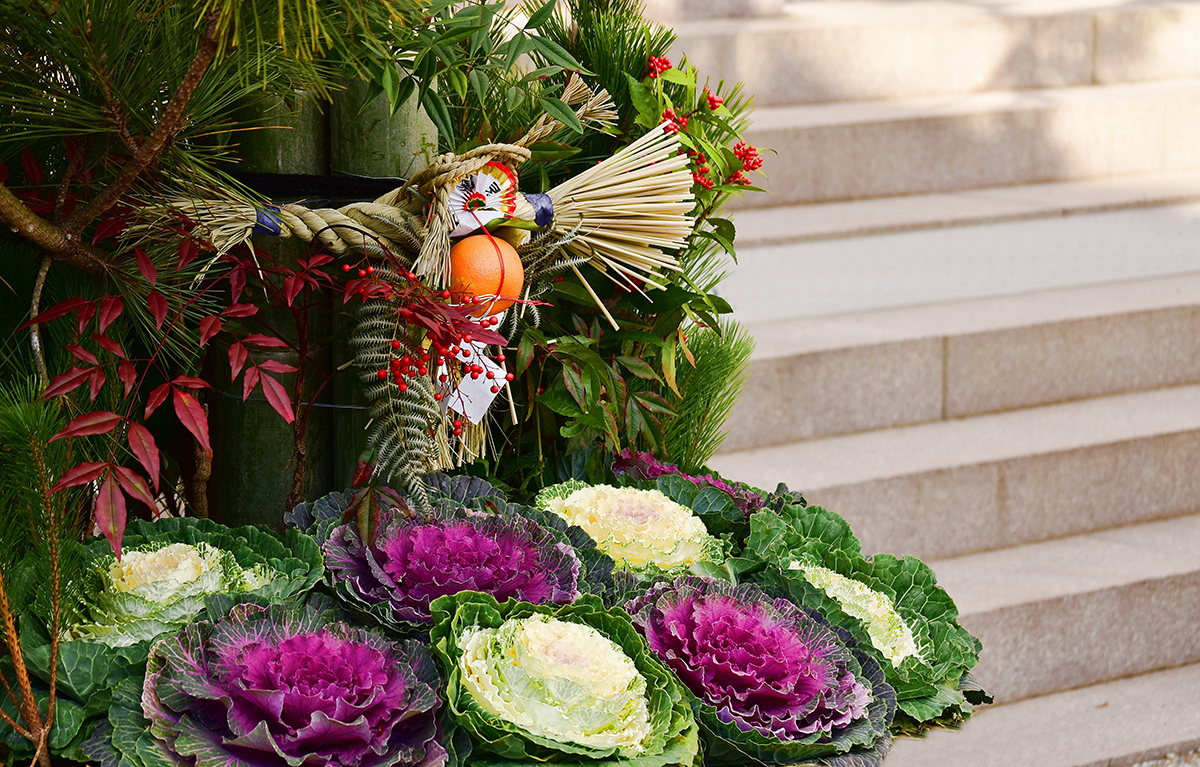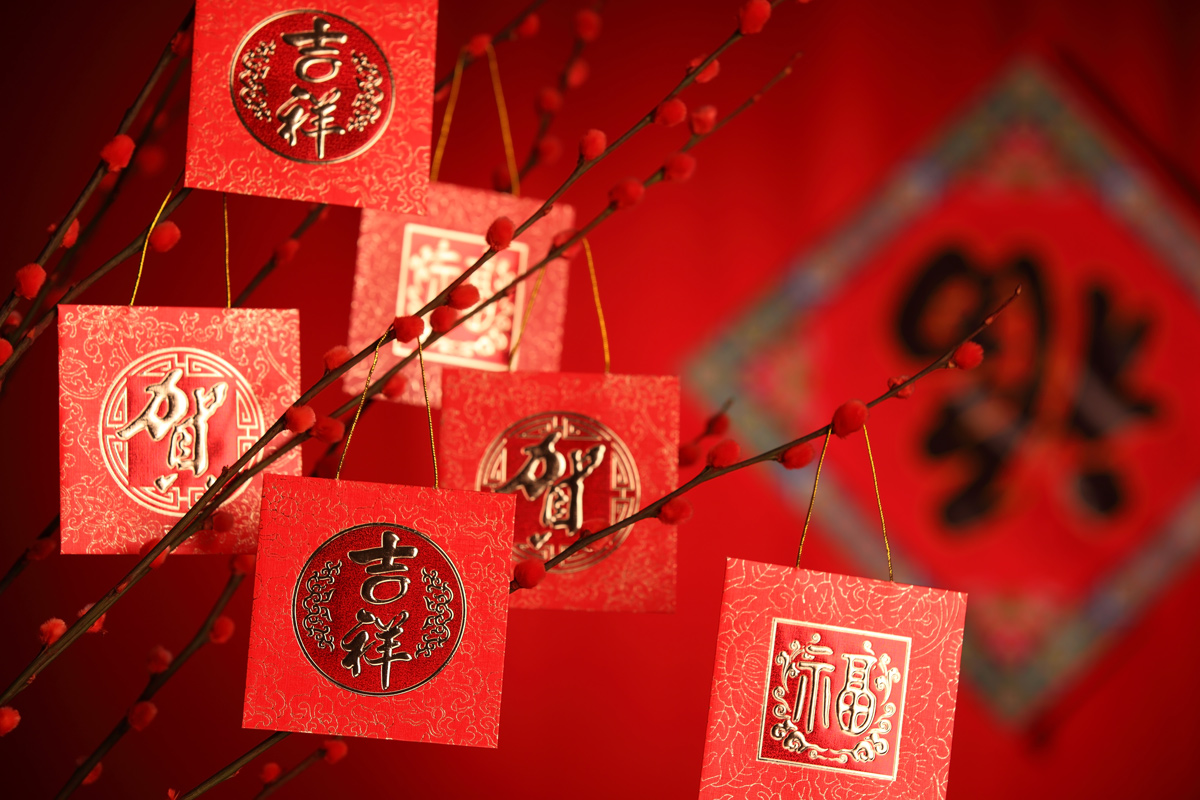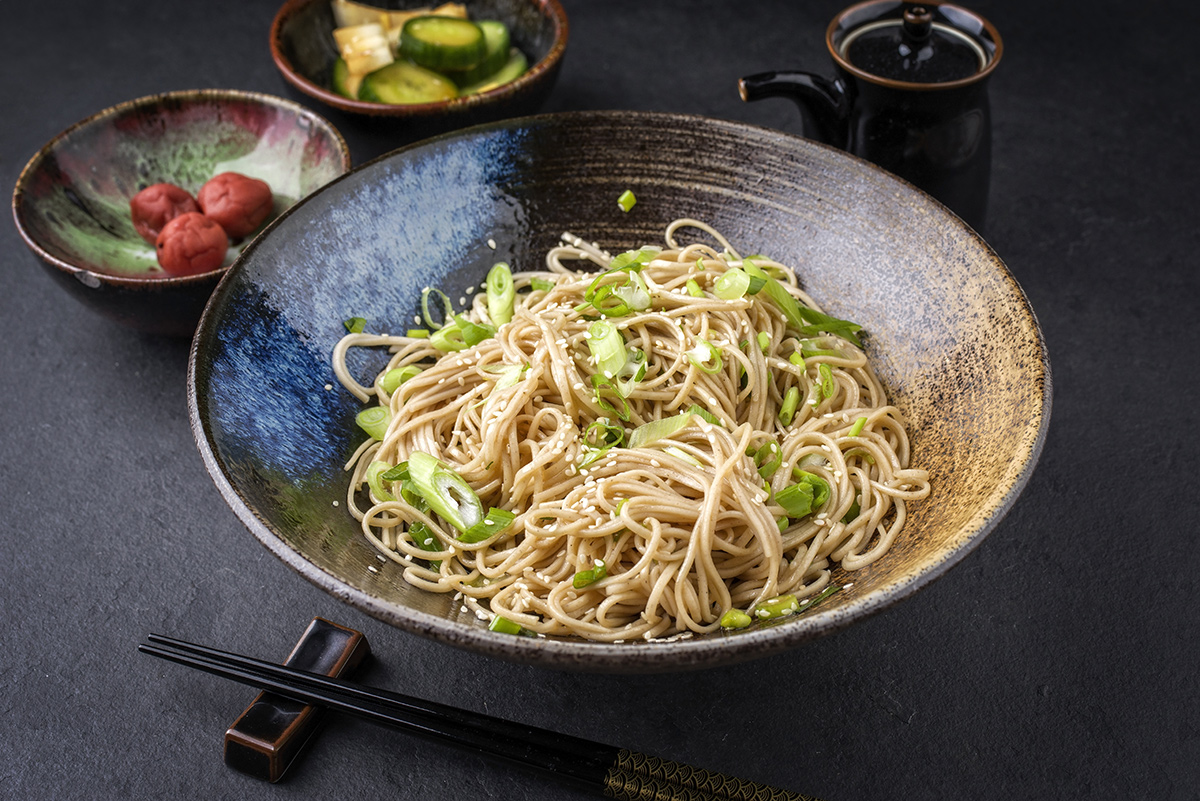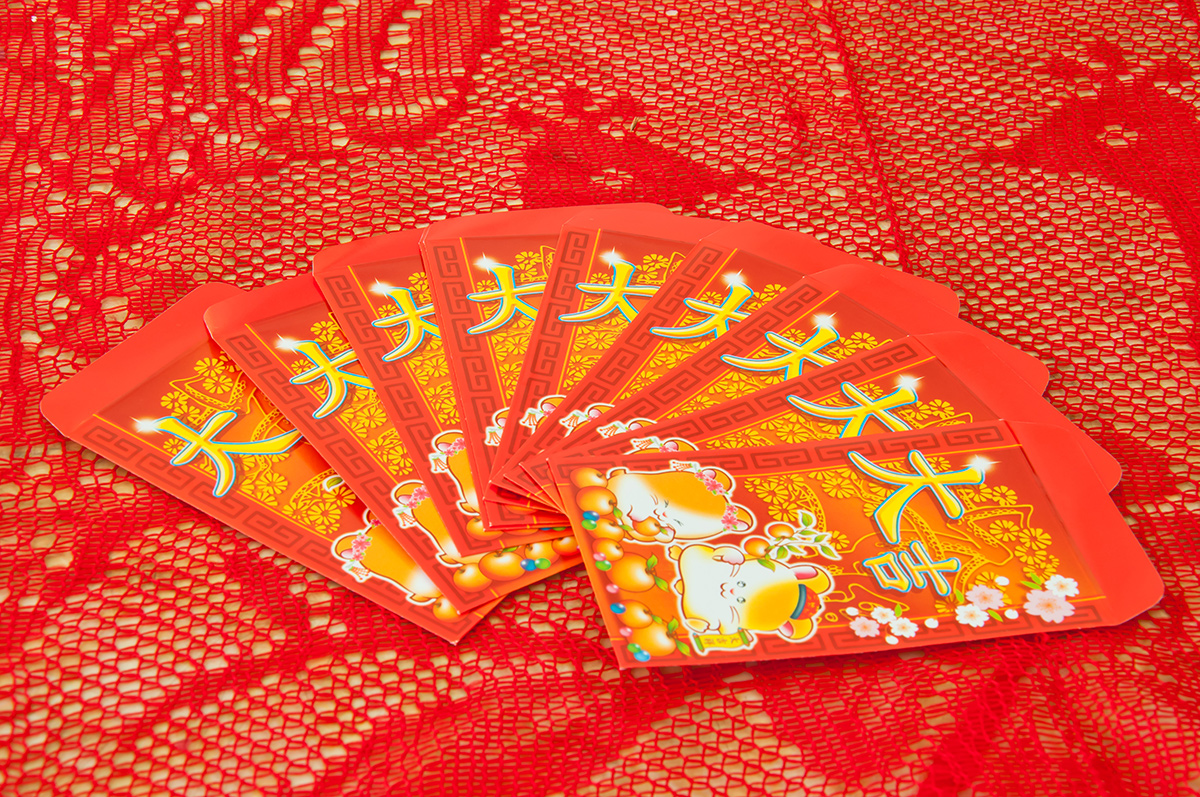New Year’s Eve is a special time for food, decorations and family, particularly in Japanese culture. Known as Oshogatsu, the Japanese festivities during the last few weeks of December and first few of early January are a mix of Shinto, Buddhist and modern ideas.
Here are some of our favourite Oshogatsu traditions.
1. Susuharai
The new year is all about getting rid of the old, so cleaning the home ahead of Oshogatsu is an important tradition. This usually occurs in late December and involves beating the dust out of the tatami mats and disposing of old and broken household items. The idea is that you’re removing last year’s dust and dirt so as to not carry it into the new year.
2. Shimekazari

With the house cleaned it’s time to put up the decorations. Unlike Christmas celebrations, where decorations are packed away and used again the following year, Japanese New Year decorations must be brand new to symbolise moving away from the past. Shimekazari specifically are a decoration made from sacred Shinto rice, straw rope, pine twigs and zig-zagged paper strips called shide. They’re usually hung on the front door of homes, shops and restaurants straight after Christmas, with the purpose of keeping away bad spirits.
3. Kadomatsu

Another traditional item used to decorate the front of homes is Kadomatsu. It’s made from pine, bamboo and plum trees and is believed to be the temporary dwelling place of gods, who visit to bless the people living in the homes it decorates. It remains out front until 7th January before being burned after the 15th of January to release the gods.
4. Kagami Mochi

Yet another Oshogatsu decoration, Kagami Mochi is made from two round Japanese rice cakes (‘mochi’), with the smaller one placed on top of the larger one and a bitter orange (‘daidai’) on top. The two rice cakes symbolise the year being left behind and the new year ahead, and the orange represents the continuation of family from one generation to the next. The mochi are broken on the second weekend of the new year, then cooked and eaten.
5. Nengajo

Family is a big part of Japanese New Year celebrations so it’s custom for relatives to send one another New Year’s Day cards (‘Nengajo’). They’re traditionally sent to arrive on the 1st of January and often feature the animal zodiac symbol of the new year. The content of the card is usually a greeting congratulating the family for the turning of the new year and expressing their gratitude for something that family has done for them in the last 12 months. However, Nengajo aren’t sent to families who have experienced a death in the family that year out of respect.
6. Toshikoshi Soba

Buckwheat noodles (‘Toshikoshi Soba’) are eaten on New Year’s Eve in the belief that eating long, thin noodles will help you live a long and healthy life. Buckwheat is also known to withstand harsh growing conditions, so the meal represents resilience for the new year ahead. To ensure the luck of the noodles, they need to be finished off before midnight.
7. Hatsumode

Japanese people welcome in the new year by praying and wishing for prosperity, safety and good health at a shrine or temple. Known as ‘Hatsumode’, the act of visiting a shrine or temple for the first time in a year usually occurs on the first, second or third day of the new year during Sanganichi. It’s a common practice to throw saisen or monetary donations into a saisen box and make a wish.
8. Osechi Ryori

With the new year also comes new food. Osechi Ryori is eaten at the beginning of the new year. It’s served in special 3 to 4 layer bento boxes called ‘jubako’ and placed in the centre of the table, shared by family. The box is made up of foods such as boiled seaweed (‘konbu’), fish cakes (‘kamaboko’),burdock root (‘kinpira gobo’), and sweetened black beans (‘kuromame’), with each food having a meaning. For example, the black beans are said to represent good health, something every family wishes for the new year ahead.
9. Otoshidama

Perhaps the most exciting tradition for young people, Otoshidama involves the giving of money to children from their parents, grandparents and relatives. The money is a gift for the coming year and is often a way to show appreciation for the child’s efforts in school the previous year. Generally, it will be around 5,000 yen ($50-$60) and will increase as the child ages.
10. Joya no Kane

Joya no Kane is the act of ringing out the old year. In Japan, Buddhist temples around the country will ring a large bell (‘kane’) 108 times, starting few minutes before the clock hits midnight. It’s one of the most important rituals of the year for the Buddhist religion and no matter where you are in Japan you’re likely to hear the bells. The 108 rings represent the Buddhist belief that humans are plagued with 108 types of earthly desires and feelings like anger and jealousy, and each strike of the bell removes your troubling desires.
11. Dondo Yaki

At the very end of the New Year celebrations on 15th January, all decorations are taken down and together with the talismans of the previous year, they are burned at the shrine. The process of Dondo Yaki is to farewell the Toshigami – the deity who was guided by the hanging of the decorations.
Happy Oshogatsu
New Years is a wonderful time to visit Japan and get involved in the celebrations and admire the culture. If you can’t make it to Japan, come and share an exciting Japanese experience at Kobe Jones. Take a look at our New Year’s Eve menus in Sydney and Melbourne here.







 (35 votes, average: 3.83 out of 5)
(35 votes, average: 3.83 out of 5)